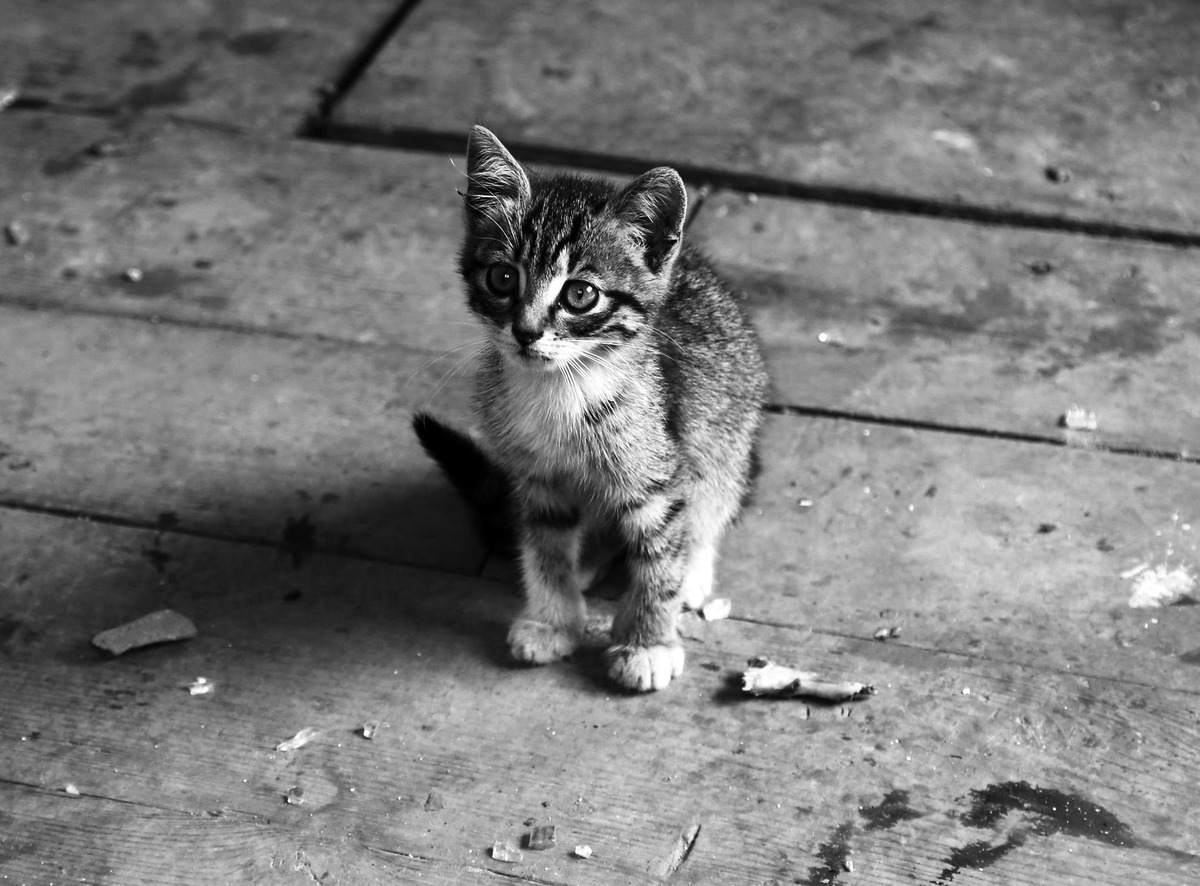9 Reasons to Never Let Your Cat Outside
Cats are curious creatures, and many pet owners feel the instinct to allow their cats to explore the outdoors. However, there are several significant risks and dangers associated with letting your cat roam freely outside. Despite their independence, cats are safer and healthier when kept indoors. Here are the 9 key reasons why you should never let your cat outside.
1. Increased Risk of Injury
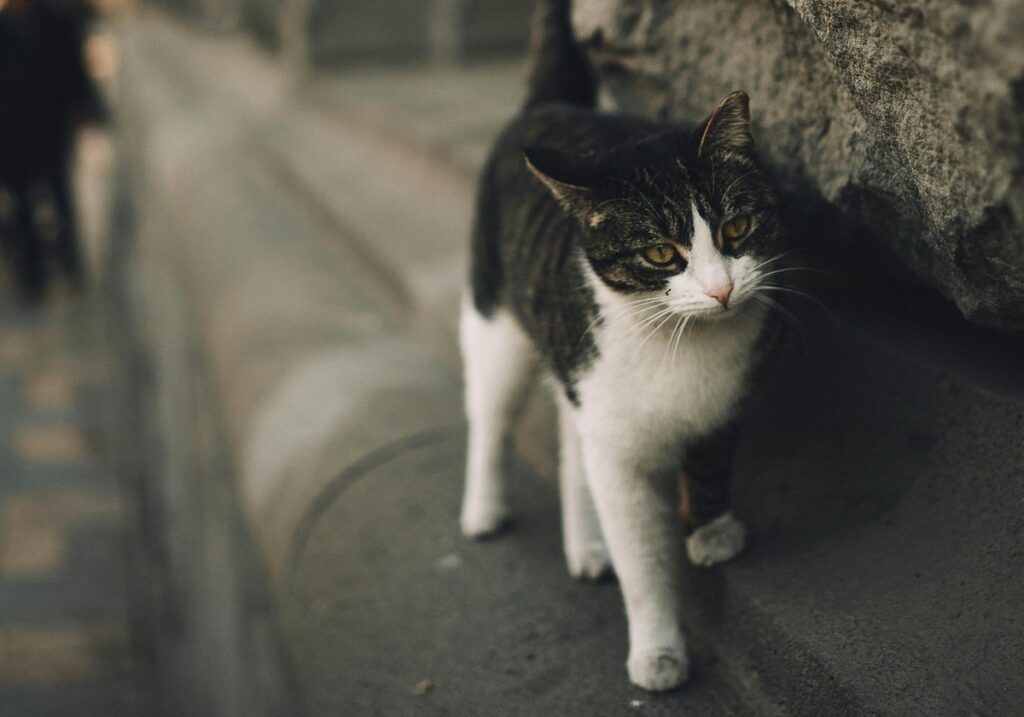
The outdoors presents numerous hazards that can lead to serious injuries for your cat. Cars, bicycles, and other animals pose a constant danger. Cats can be hit by vehicles while crossing the street, or they may get into fights with other animals, such as dogs or other feral cats. These altercations can lead to bite wounds, scratches, or worse—infections or abscesses. Outdoor cats are also at risk of being caught in fences or other obstacles, leading to broken bones or other physical trauma. Keeping your cat inside significantly reduces these risks and helps protect them from injury.
2. Exposure to Diseases
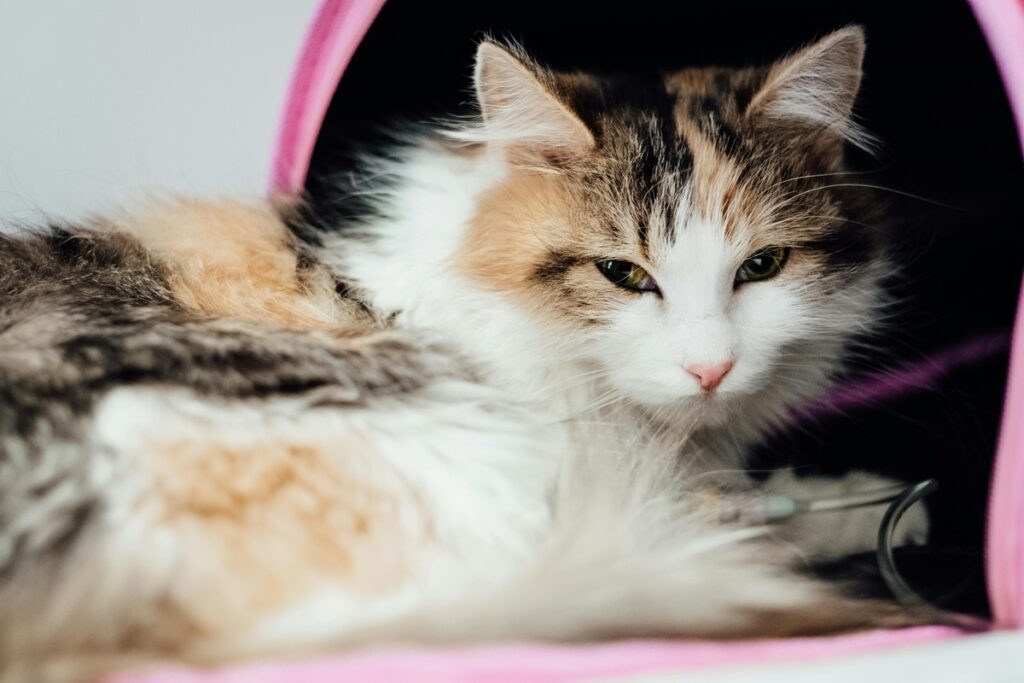
Outdoor cats are exposed to a variety of diseases and parasites that are not typically present inside. They are at risk of contracting illnesses such as feline leukemia, feline immunodeficiency virus (FIV), and upper respiratory infections from other outdoor cats. Cats that roam outside are also more likely to be infected with parasites like fleas, ticks, and worms, all of which can lead to severe health problems. Keeping your cat indoors protects them from these dangerous infections and helps maintain their overall health.
3. Predation and Hunting Risks
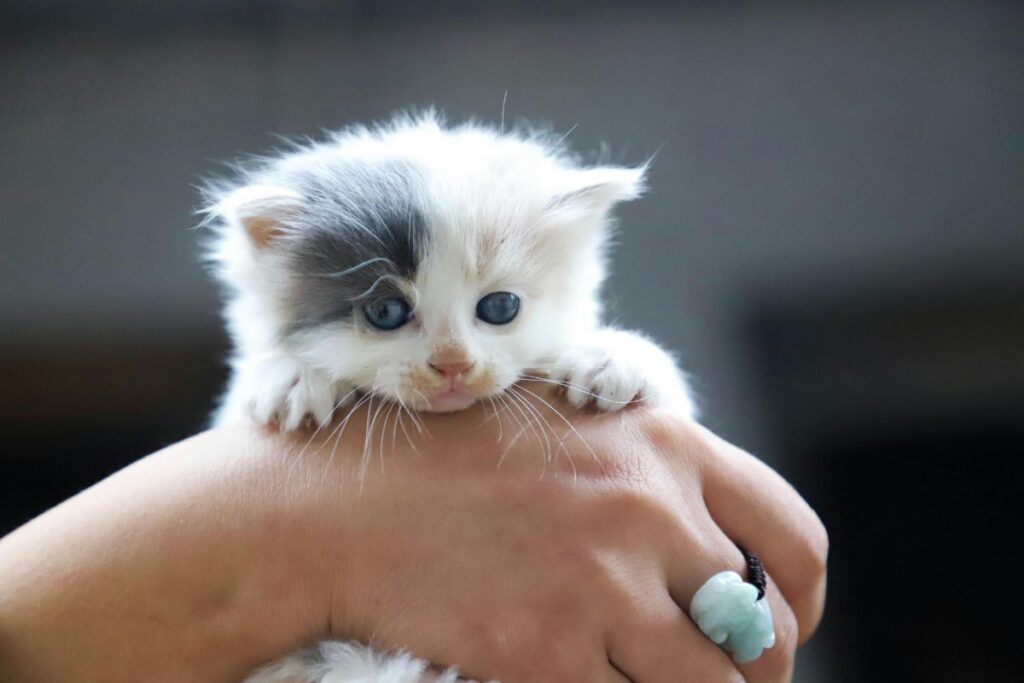
While cats are natural hunters, letting them roam outside increases the likelihood that they will prey on wildlife, including birds, small mammals, and reptiles. In some cases, this can lead to harm to local ecosystems, as outdoor cats contribute to the decline of certain species. Moreover, cats themselves become prey for larger animals, such as hawks, foxes, or coyotes, which pose a significant danger to them. Keeping your cat indoors eliminates the risk of them being harmed by other predators or becoming predators themselves.
4. Theft or Abandonment
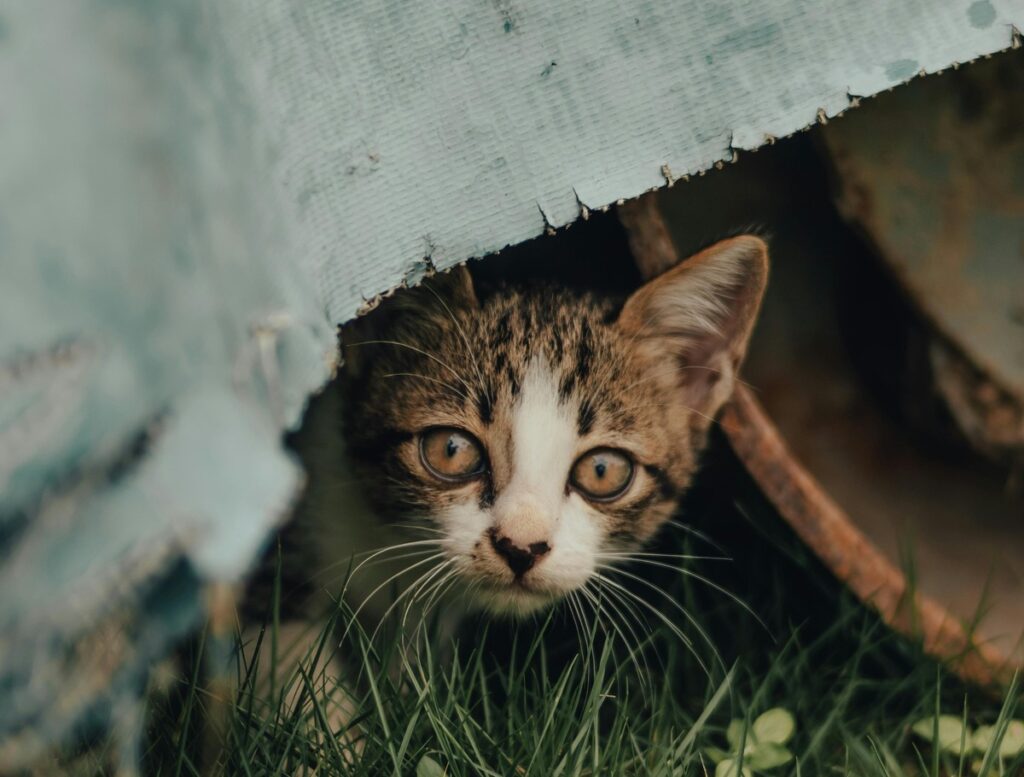
Cats that are allowed to roam outdoors may be at risk of being stolen or lost. Outdoor cats are more likely to wander off, especially if they’re not properly supervised, and they can become lost without a trace. Additionally, some individuals may see an untagged or uncollared cat outside and decide to take them in, not realizing that they belong to someone. In some cases, people may abandon cats, either intentionally or unintentionally, which leaves the cat vulnerable to the elements or other dangers. Keeping your cat indoors ensures they remain safely under your care and reduces the risk of theft or abandonment.
5. Exposure to Toxic Substances
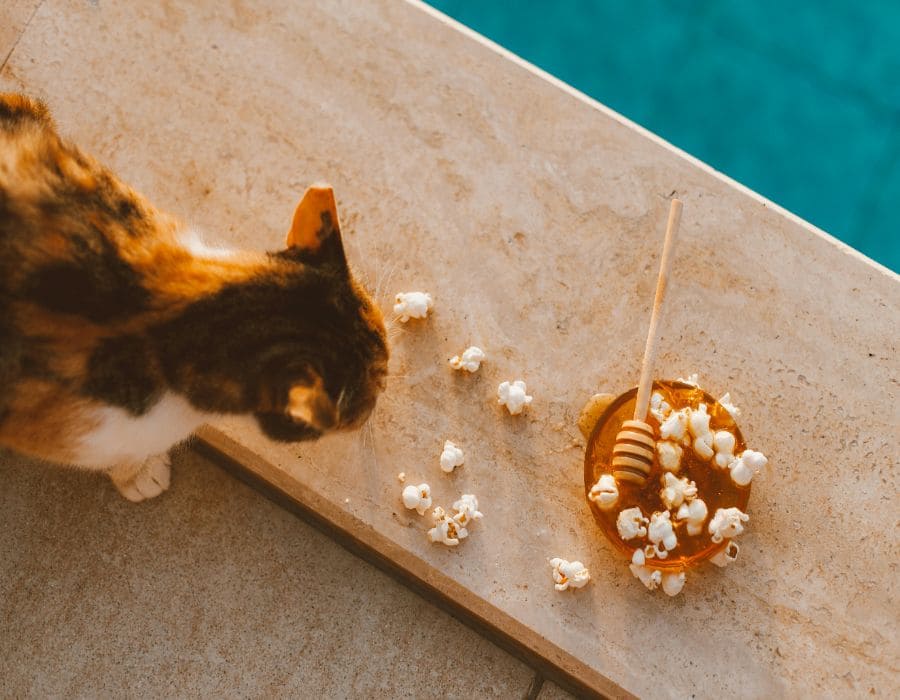
The outdoors is full of potential toxins and poisons that your cat may come into contact with. Pesticides, chemicals, and even automobile fluids can be harmful or deadly to cats if ingested or absorbed through their paws or fur. In addition, outdoor cats are more likely to come across plants that are toxic to them, such as lilies, oleanders, or poison ivy. Even seemingly harmless substances like antifreeze can be deadly if a cat licks it from a puddle. Keeping your cat inside minimizes their exposure to these dangerous chemicals and toxic substances.
6. Unwanted Litters and Overpopulation
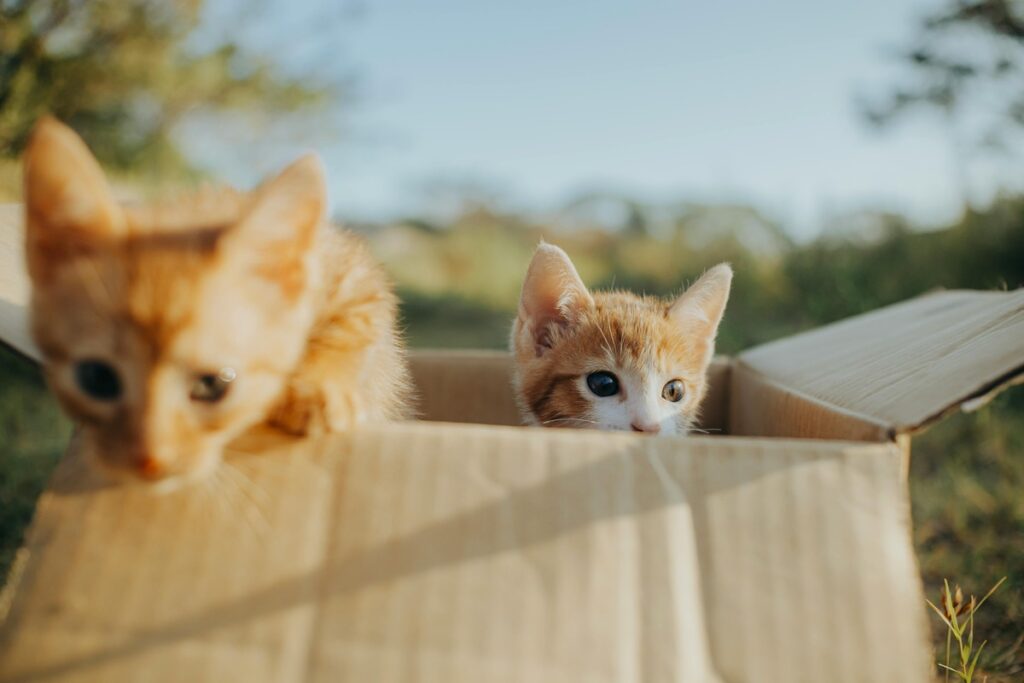
Allowing your cat to roam freely outside can lead to unintended consequences, such as unwanted litters of kittens. If your cat is not spayed or neutered, they may mate with other outdoor cats, contributing to the overpopulation problem. Stray and feral cats often contribute to the overwhelming number of homeless cats in shelters. By keeping your cat indoors and ensuring they are spayed or neutered, you help reduce the number of unwanted kittens and promote responsible pet ownership.
7. Shorter Lifespan

Studies have shown that indoor cats typically live longer than outdoor cats. The average lifespan of an indoor cat is between 12 and 15 years, while outdoor cats often have a much shorter life expectancy, typically around 5 years. The various dangers that outdoor cats face—injury, disease, parasites, and predation—greatly shorten their lives. Keeping your cat indoors increases their chances of living a long, healthy life.
8. Behavioral Problems
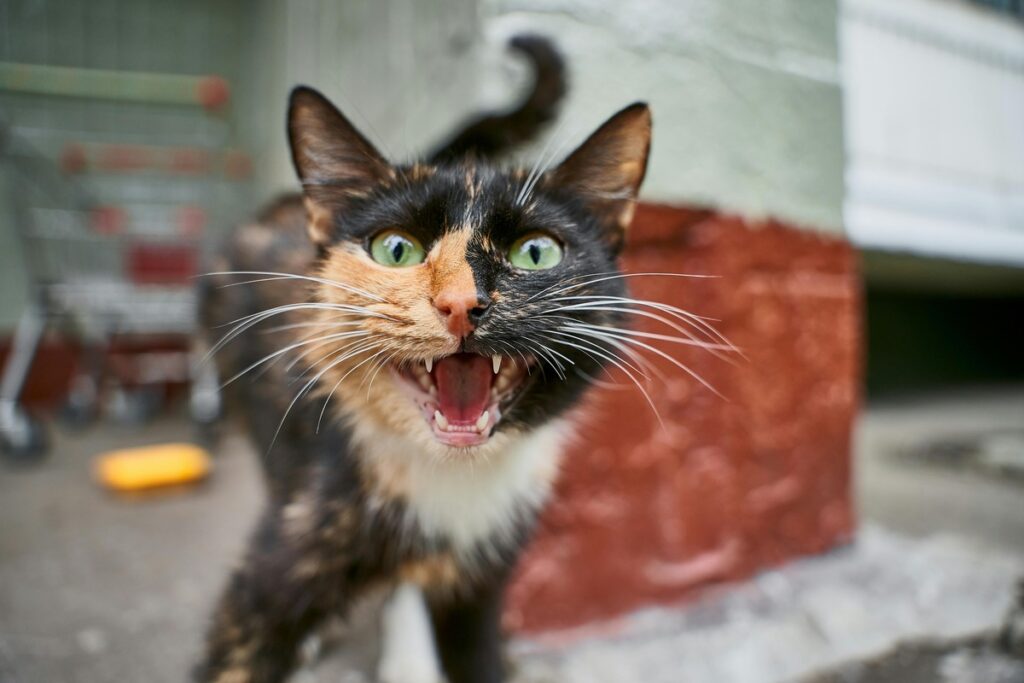
Outdoor cats are more likely to develop behavioral problems due to the stress and dangers they face. They may become more aggressive, territorial, or anxious from their experiences outside. Cats that roam outdoors may also develop issues with litter box use or exhibit inappropriate scratching behavior because they are exposed to various environmental stressors. By keeping your cat indoors, you can help reduce these behavioral problems and provide them with a stable, secure environment.
9. Theft of Belongings
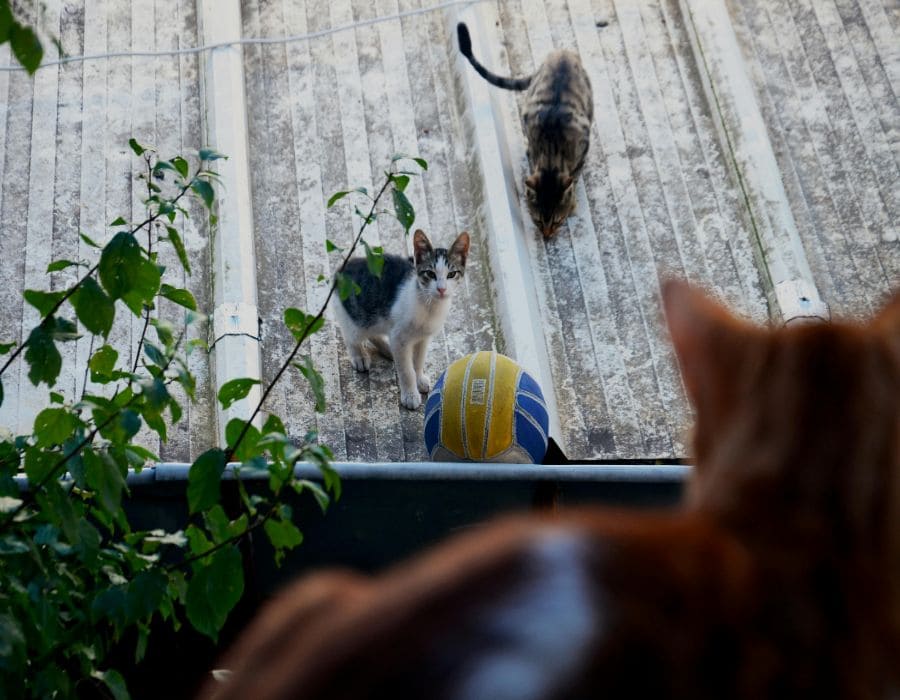
Cats are curious by nature, and when allowed outside, they often explore their surroundings, which could lead to them “collecting” things from the neighborhood. Your cat may bring home random items, such as shoes, garden tools, or even food from other homes. While this behavior is often harmless, it can be an inconvenience and cause concern for neighbors who notice missing items. Keeping your cat indoors eliminates this quirky yet annoying behavior.
Conclusion
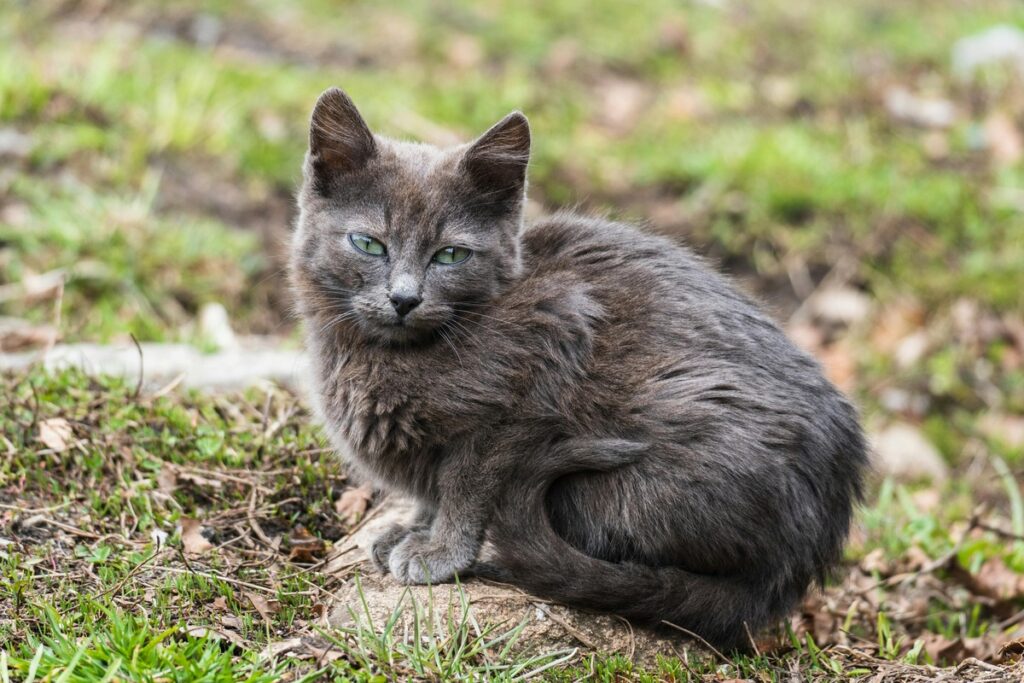
While it may seem natural for a cat to roam outside, there are numerous risks that come with letting them explore the outdoors. From injury and disease to predation and toxic exposure, outdoor environments pose significant dangers to cats. Keeping your cat indoors not only ensures their safety but also promotes their health and well-being. By providing a secure and stimulating indoor environment, you can help your cat live a long, happy, and healthy life, free from the hazards of the outside world.

